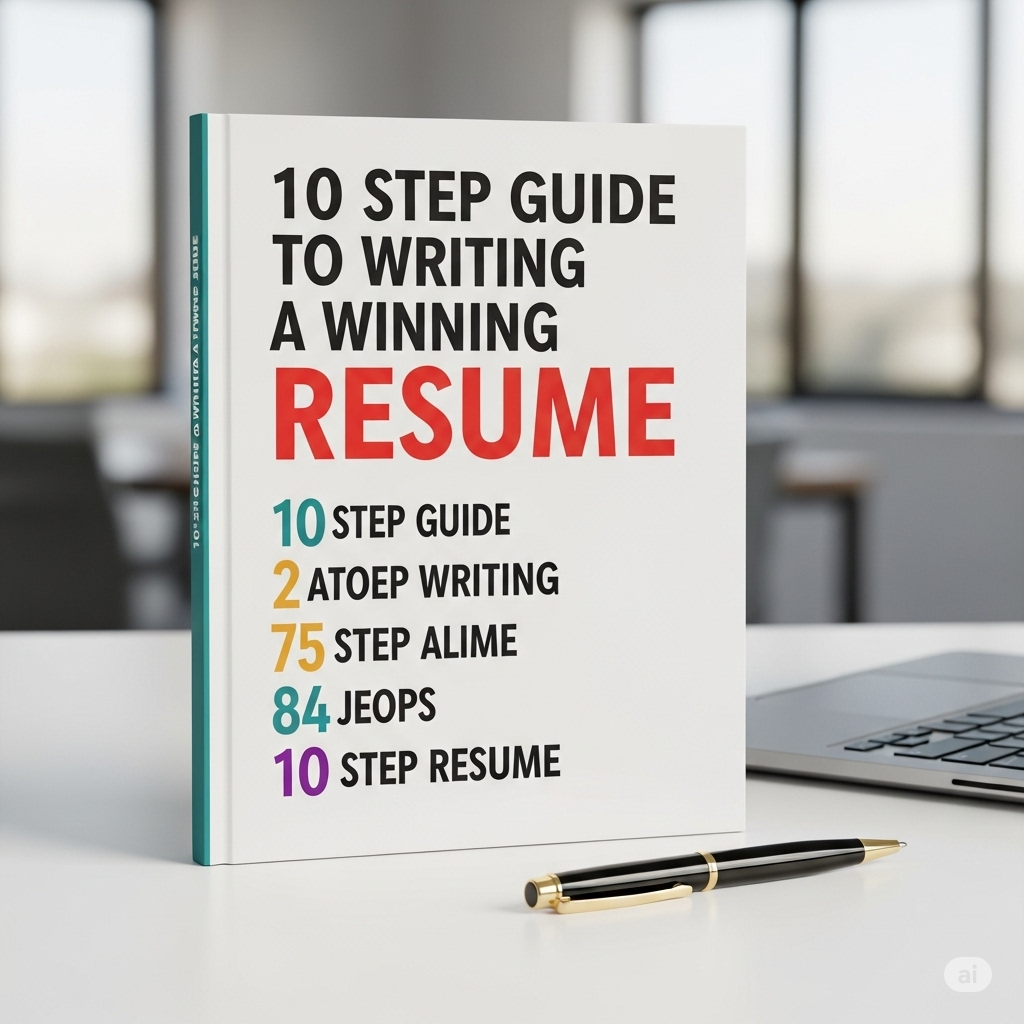Your Ultimate Roadmap to Job Application Success
Creating a strong resume is vital in today’s competitive job market. Did you know that most hiring managers take just about 6 seconds to review a resume? That’s less than the time it takes to blink! A well-structured, compelling resume can dramatically increase your chances of landing an interview or job offer. This guide breaks down the entire process into 10 simple steps, helping you craft a resume that stands out and grabs attention.
Understand the Job Description and Employer Needs
The first step starts with understanding what the employer is really looking for. Carefully analyze the job posting for keywords, skills, and responsibilities. Many companies use Applicant Tracking Systems (ATS) to scan resumes for specific keywords; missing these can mean your application gets ignored.
Look up the company’s values and culture using their website or social media. Align your resume to reflect what they care about most. For example, if a company emphasizes teamwork, highlight your collaborative achievements. Remember, customizing your resume for each role is key. A candidate in the tech industry saw a 30% boost in interview calls after tailoring their resume to directly reflect each company’s needs.
Choose the Right Resume Format
Selecting the best format makes your resume easier to read and more effective.
- Chronological resumes focus on your work history, with jobs listed from most recent to oldest. This format works great if you have a clear career path and steady employment history.
- Functional resumes highlight your skills and experience rather than dates. This is perfect if you’re changing careers or have gaps.
- Combination (hybrid) resumes blend skills and work history, offering flexibility. Use this if you have relevant skills but also want to show a solid work record.
Decide on your best fit based on your goals. For example, a career changer might prefer a functional format to emphasize transferable skills.
Craft a Compelling Resume Header and Contact Information
Your resume header is the first thing employers notice. Include your full name, a professional email, and a phone number. Add your LinkedIn profile if it’s complete and professional. Avoid irrelevant details like marital status or age; they’re unnecessary.
Create a clear, punchy headline that describes your professional expertise. For instance, “Digital Marketing Specialist with 5 Years of Growth Strategy” grabs attention immediately. Make sure your contact info is easy to find and looks professional.
Write a Persuasive Resume Summary or Objective
Your summary or objective introduces you and sets the tone. A summary highlights your key achievements and skills, while an objective states your career goals.
Effective summaries are concise but packed with value. Mention your specialty and include quantifiable results. For example, “Sales manager increased regional revenue by 20% in one year.” Keep it short, impactful, and tailored to the job.
Highlight Your Work Experience Effectively
Experience should show what you’ve achieved, not just what you’ve done. Use action verbs like “led,” “designed,” or “implemented” to describe your responsibilities.
Focus on accomplishments with numbers or percentages to validate your impact. For example, “Reduced processing time by 15%, saving the company $10,000 annually.” List your experiences in reverse chronological order with the company name, your role, and dates. Don’t just repeat duties—highlight your wins.
Address gaps honestly but positively. For example, include volunteer work or freelance projects during unpaid periods.
Showcase Your Skills Strategically
Create a skills section tailored to the job. Divide them into hard skills—like coding languages or certifications—and soft skills—like teamwork or communication.
Use keywords from the job description to make your skills section more effective. For example, if the posting emphasizes “project management,” list relevant tools or certifications like PMP. Demonstrate soft skills by mentioning situations where those skills helped solve problems or improve results.
Include Education, Certifications, and Additional Sections
List your degrees, starting with the highest. Include the name of the institution and graduation date. If your education isn’t directly related to the job, keep this section brief.
Highlight relevant certifications, licenses, or training that add value. For example, a certification in Google Analytics can boost your appeal for marketing roles.
Add extra sections if they strengthen your profile. Volunteer work, widespread language skills, publications, or memberships in professional groups can differentiate you from others.
Optimize for ATS and Readability
Make your resume easy for ATS software to scan. Use simple, standard fonts like Arial or Times New Roman and avoid graphics or tables that can confuse automated scans. Incorporate keywords naturally into your descriptions.
Use white space effectively to avoid clutter. Remember, your resume needs to be visually appealing for human eyes as well.
Proofread, Edit, and Seek Feedback
Once your draft is ready, review it carefully. Look for typos, grammar errors, and inconsistent formatting. Reading aloud helps catch mistakes others might miss.
Use tools like Grammarly or ask trusted friends or mentors for feedback. They can point out unclear phrases or overlooked errors.
Ensure your resume is clear, concise, and free of mistakes. A polished document signals professionalism and attention to detail.
Polish Your Resume and Prepare for Submission
Create multiple versions tailored to different job roles. Save original files as PDFs with clear, professional filenames like “Jane_Doe_Resume_Accountant.pdf.” Keep your LinkedIn profile consistent with your resume.
Write personalized cover letters for each application, referencing specific details about the company. Track your applications to follow up appropriately.
Follow instructions precisely when submitting your resume. Include all requested documents and information. Staying organized improves your chances of making a good impression.
Conclusion
A winning resume follows a clear process. From understanding what employers want to customizing your document to highlight your achievements—each step counts. Continuously refine and tailor your resume to match the role. Focus on keywords, showcase real accomplishments, and present everything professionally. With these tactics, you’ll stand out in the crowded job market and land more interviews.

